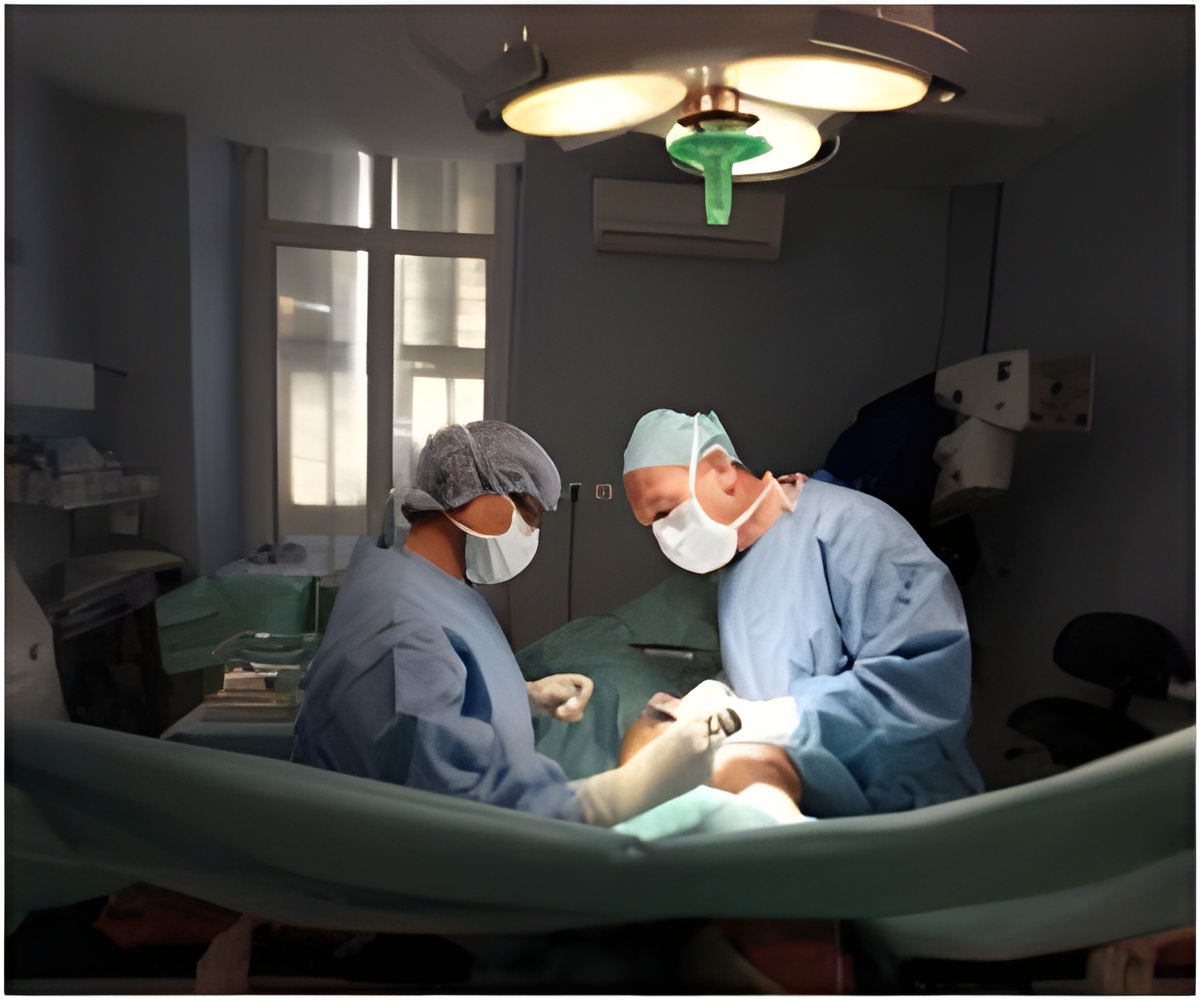Use of 'low value' surgical procedures need to be reduced, particularly those that deliver little benefit, in order to cut down on healthcare costs.

TOP INSIGHT
Improve patient care by reducing low value surgical interventions can help save healthcare costs.
With five general surgical procedures carrying a burden of €153 million, the Audit Commission's previous estimate (€570 million per annum for all healthcare) is likely to be conservative.
"It is the basic thought of every surgeon at their earliest decision when becoming a doctor to act in the patient's best interests, and this inherent belief should provide motivation to maximize value of care," said lead author Mr. Humza Malik, of Imperial College London, in the UK.
"Remembering this, clinicians should lead changes to provide pertinent, precise treatments, thereby avoiding ineffective interventions and challenging existing dogma that 'more care is better care.'"
 MEDINDIA
MEDINDIA




 Email
Email






